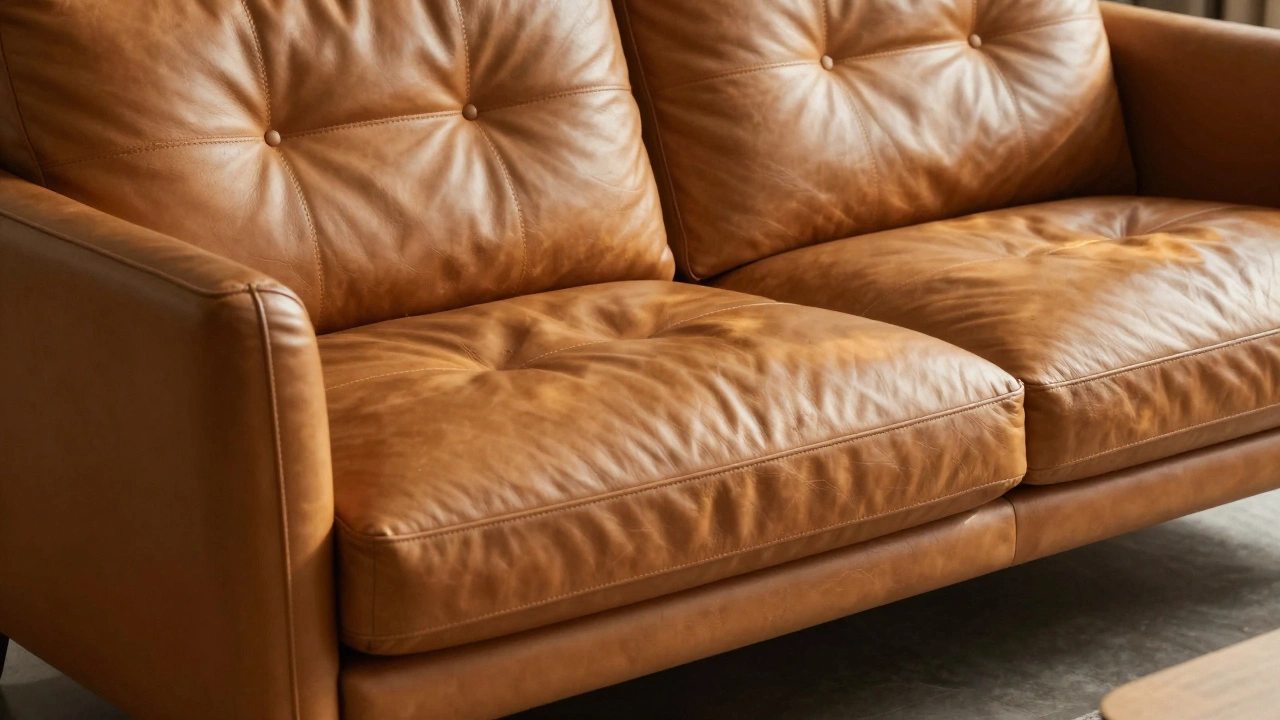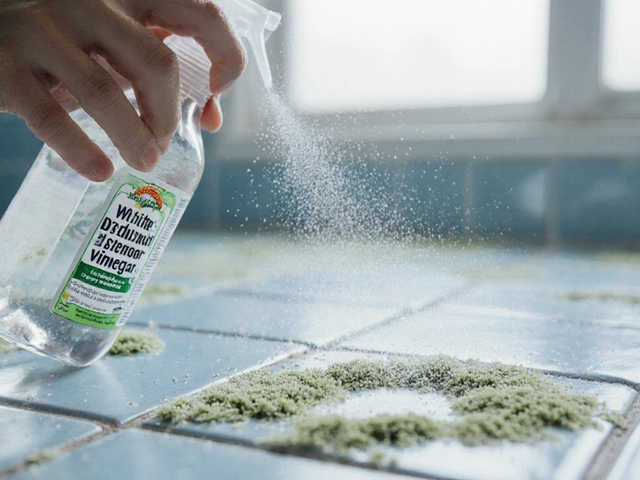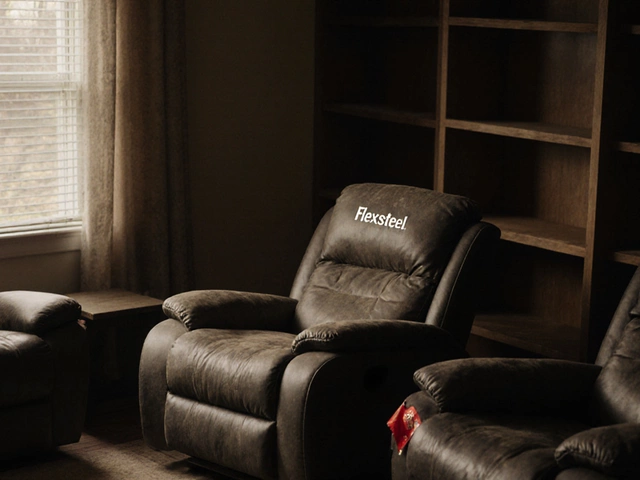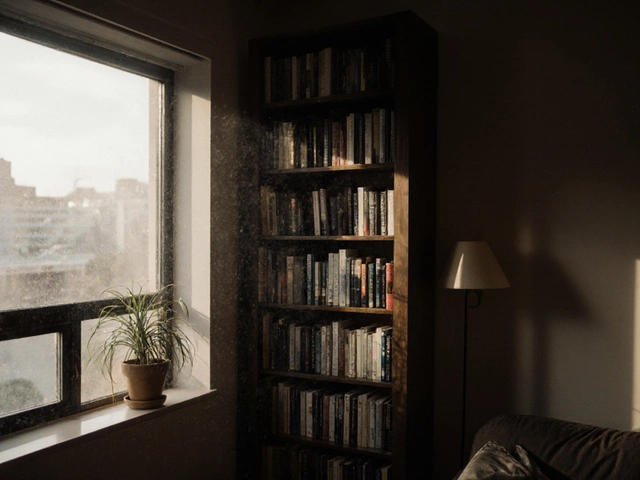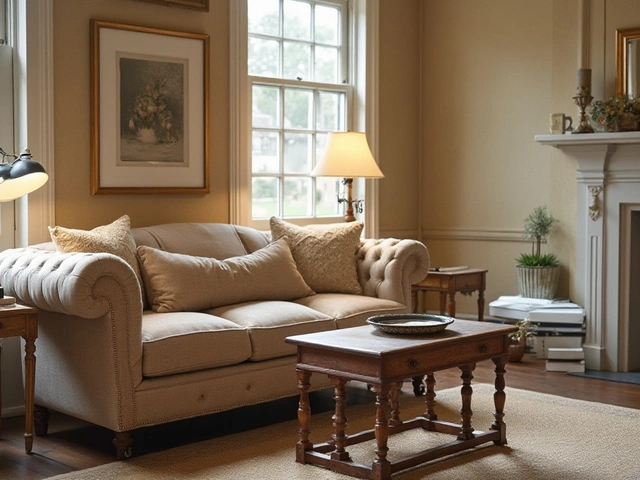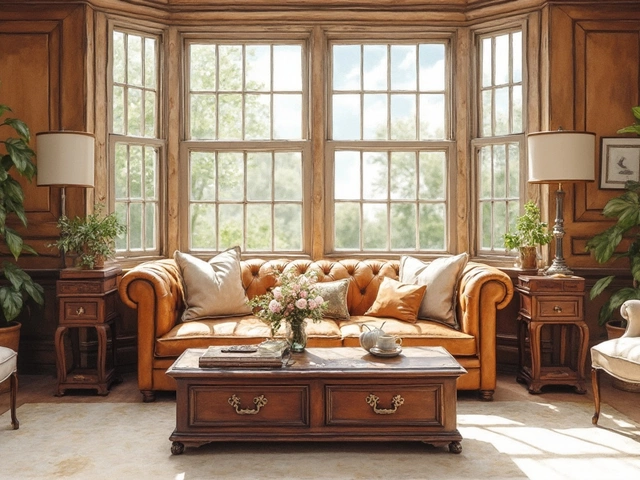Sofa Materials: What to Choose for Comfort, Longevity and Looks
When you shop for a new sofa, the first thing you’ll notice is the fabric or leather covering it. That surface decides how comfy the couch feels, how long it lasts and how easy it is to keep clean. Below we break down the most common materials, what they’re good at, and which rooms they work best in.
Common Sofa Materials
Fabric (woven blends) – Most sofas use cotton, linen, polyester or a blend of these. Fabric is soft, comes in countless colours and patterns, and is usually the cheapest option. The downside is that light‑coloured fabrics can show stains quickly, and some blends may pill after heavy use.
Micro‑fiber – A type of polyester that feels almost like leather but with a softer hand. Micro‑fiber resists water spots and pet hair, making it a favourite for families. It’s less breathable than natural fibres, so it can feel a bit warm in hot rooms.
Leather – Real leather ages beautifully, gets softer with time and is easy to wipe clean. It’s pricey and can be prone to scratches, but a good conditioner keeps it looking new. Faux leather gives a similar look for less money, though it may crack over years.
Velvet – Velvet offers a plush, luxurious feel and deep colour saturation. It works great in formal living rooms or as an accent piece. However, it attracts dust and needs regular vacuuming to stay fresh.
Chunky knit or boucle – These textured fabrics add visual interest and hide wear well. They’re popular in modern, casual spaces. The texture can trap crumbs, so a quick brush‑off is useful.
Choosing the Right Material for Your Space
Start by thinking about who will use the sofa. If you have kids or pets, micro‑fiber or leather are practical because spills wipe away and fur slides off. For a quiet reading nook, a soft cotton‑linen blend feels inviting and breathable.
Next, consider the room’s lighting. Dark fabrics hide sun‑fading in bright rooms, while lighter shades keep a small space feeling airy. Remember that colour isn’t just about looks – it also affects how often you’ll need to clean. A neutral grey or navy can disguise minor marks better than a pastel.
Budget matters too. Fabric sofas start low, but you might need a protective slipcover later. Leather is an investment; treat it as a piece that will last decades if you keep it conditioned.
Finally, test the feel. Sit on the sofa in the store, lean back, and check how the material reacts to pressure. If it feels stiff, it may not be comfortable for long movie nights.
By matching the material to your lifestyle, lighting and budget, you’ll pick a sofa that stays comfy and looks great for years. Whether you go for a durable micro‑fiber, a classic leather, or a stylish velvet, the right choice makes all the difference.
